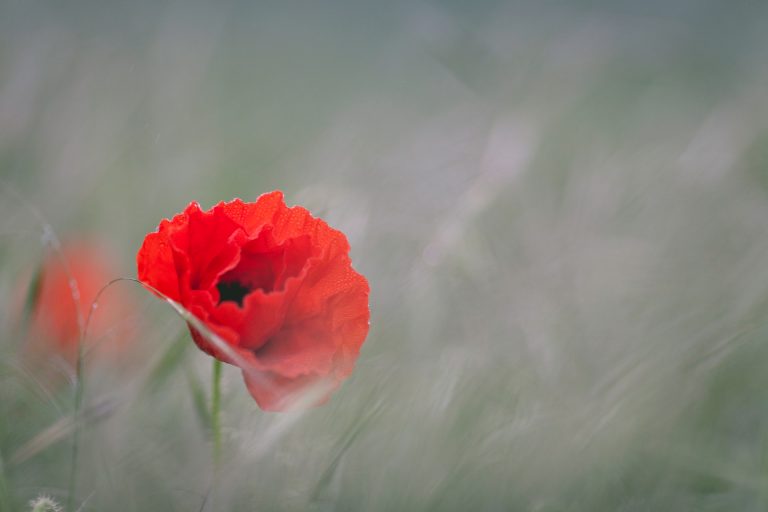Recognizable by their delicate, vivid blossoms, poppies are a flowering plant of the Papaveraceae subfamily. Poppies grow all over the world, from the freezing tundra to scorching hot deserts. They can be found in fields, gardens, containers, and just growing in the wild. Federal law makes all poppy seeds lawful in the US. The nutritious seeds are rich in protein, calcium, and carbohydrates.
As far back as the 12th century, poppy plants have been seen growing in the ruins of battlegrounds. Genghis Khan’s deserted battlefields and combat zones after World War I yielded a profusion of white poppies. Because of this, they have come to symbolize both death and renewal. The red poppy is a symbol of remembrance for fallen American troops and acts as a reminder of Veterans Day.

The Opium Poppy
The opium poppy, Papaver somniferum, is a flower of many colors ranging from iridescent white, pink, red, and blue. Although these beauties have adorned gardens all around the globe the juice from this flower has launched wars, produced untold riches and joy, as well as indescribable sorrow.
The Opium poppy is well-known for being the source of narcotic opium. This compound contains the alkaloid morphine, used extensively in medicine throughout history as the most powerful pain reliever known to man.
The usage of opium can be traced back to the ancient Sumerian civilization, the Assyrians, Babylonians, and the Egyptians, approximately 5,000 years ago. In ancient Egypt, opium use and opium trade flourished during the reign of King Tutankhamen. The opium poppy was used for psychotropic and hallucinogenic, religious, spiritual, and ritual purposes. It was also used medicinally to treat insomnia and diarrhea.
Success
You are now signed up for our newsletter
Success
Check your email to complete sign up
By the Greek classical era, farmers in Cyprus had devised surgical harvesting knives, and poppy extracts were often combined with the poison hemlock used in executions. As a result, poppies were shown as part of the clothes or belongings of three Greek gods: Hypnos, the god of sleep; Nix, the god of night; and Thanatos, the god of forgetfulness and death.
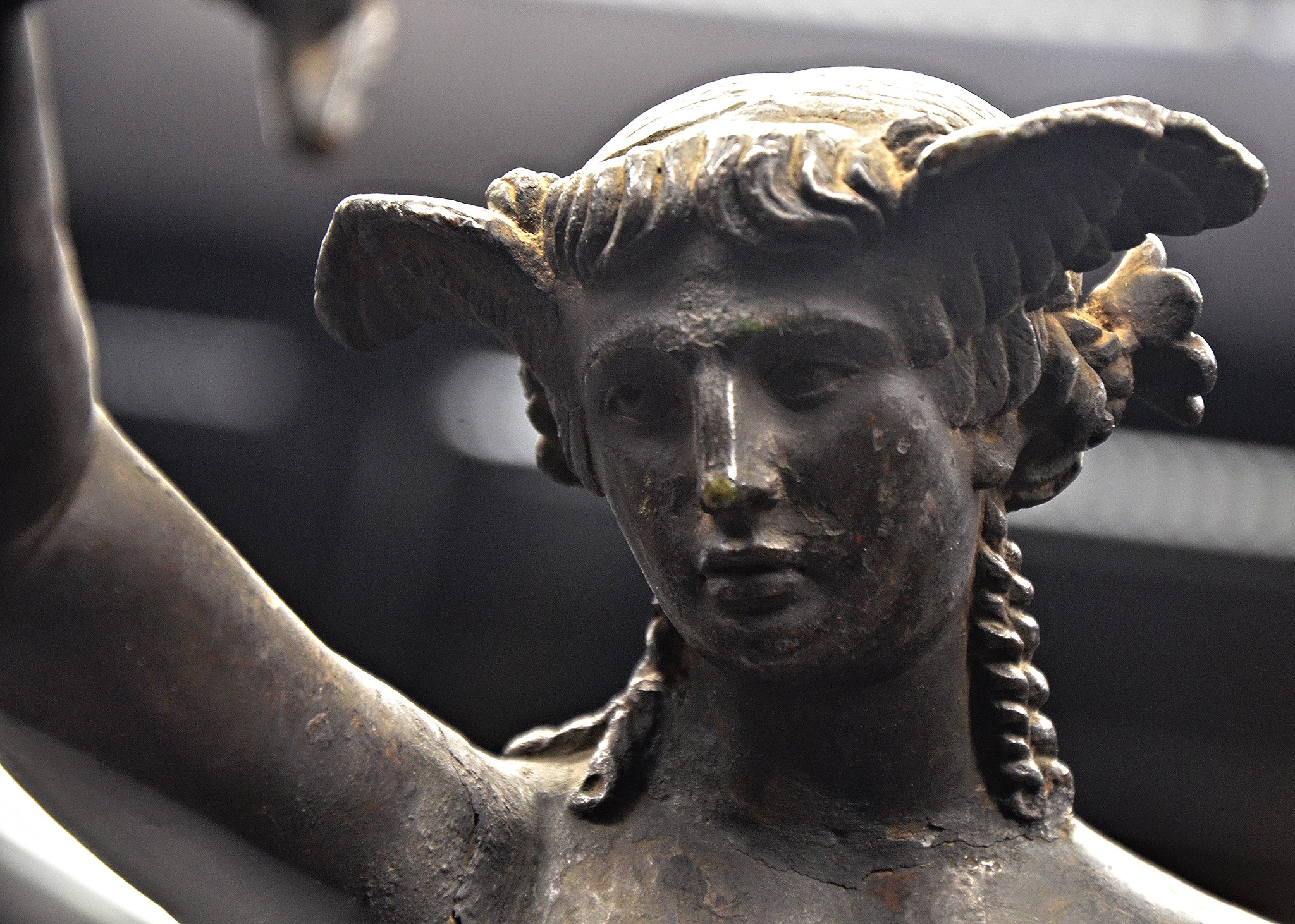
Homer referred to the power of poppies in the Odyssey, as opium was cast “into the wine to lull all pain and anger and bring forgetfulness of every sorrow.”
Origins unknown
The discovery of Opium cannot be precisely linked to a specific place or time period, but it is believed that fields of opium poppies once bloomed where the Zurich Opera House underground garage now stands. Researchers at the University of Basel have been able to bolster the hypothesis that prehistoric farmers cultivated poppies around the Alps and the farmers began to cultivate and trade the opium poppy on a large scale from about 5500 BCE.
Between the 15th and 18th centuries, diseases ravaged Europe and other portions of the globe, and opium was commonly used to treat wealthy patients. Swiss-German physician and alchemist Paracelsus experimented with opium in the 16th century and produced laudanum, which became a generic term for any opium-alcohol mixture. Paracelsus is well-known for his famous remark, “Poison is in everything, and no thing is without poison. The dosage makes it either a poison or a remedy.”
In the 1660s English physician Thomas Sydenham discovered and manufactured his own proprietary opium extract, which he termed laudanum as well. He named the alkaloid he found after Morpheus, the Greek god of dreams and visions.
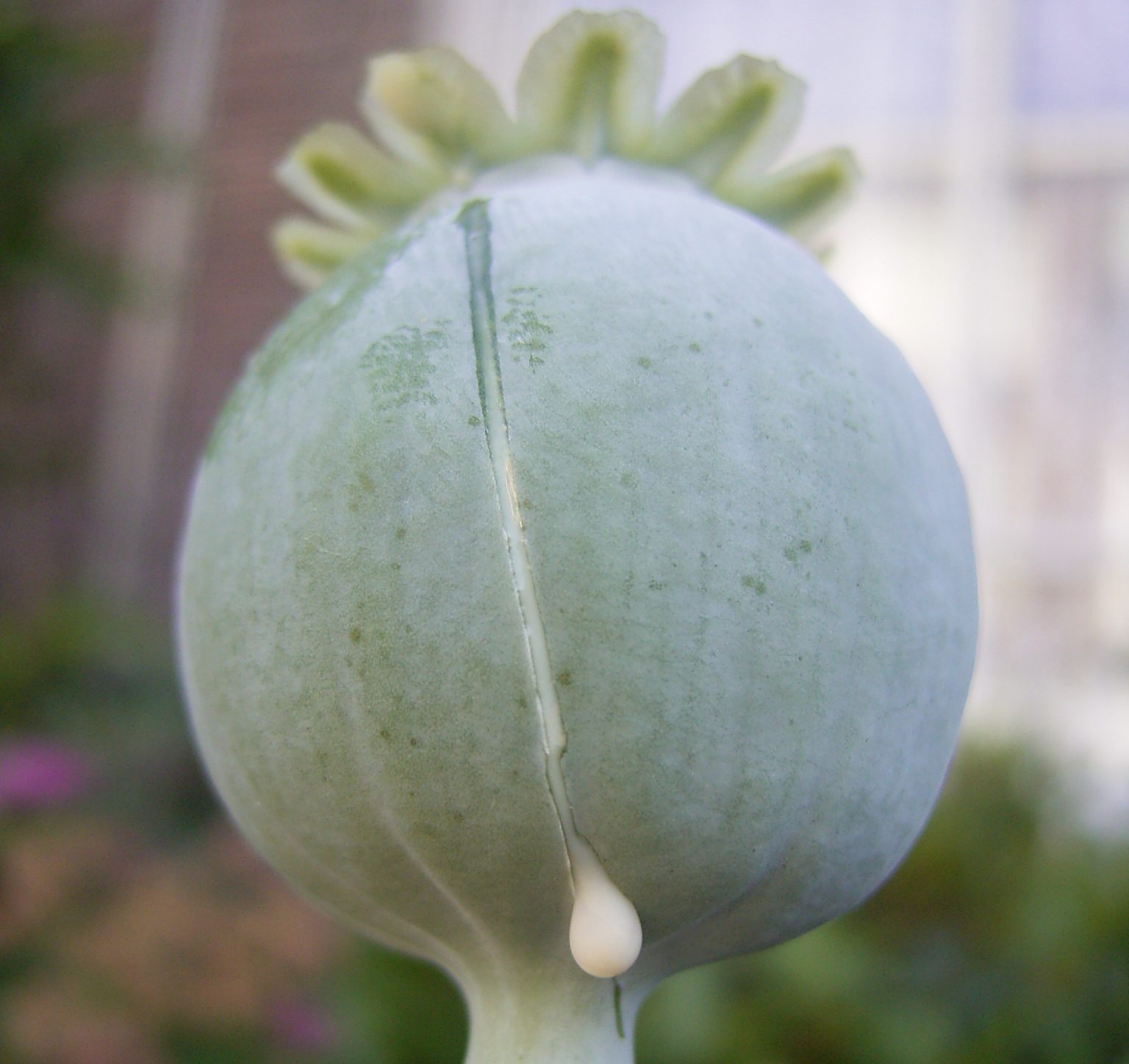
The Opium Wars
After tobacco smoking was made illegal in China in the 17th century, recreational opium use became more popular. Opium dens, where customers could purchase and smoke the drug, sprouted up all throughout China, and subsequently spread to other parts of the world.
Emperor Jiaqing banned the import of opium in 1799; although by that time England had developed a substantial opium trade with China. Following England’s efforts to prevent and bypass the outlawing of opium, the First and Second Opium Wars erupted in 1839 and 1842, respectively. During this time, physicians in the US used opium as a therapeutic agent for multiple purposes, including relieving pain from cancer, spasms from tetanus, and acute pain related to menstruation and childbirth. It was only towards the end of the 18th century that some physicians came to recognize the addictive nature of opium.

Heroin was synthesized from morphine by an English chemist in 1874, but was not produced commercially until 1898 by the Bayer Pharmaceutical Company. Attempts were made to use heroin in place of morphine; but due to readily apparent problems of addiction, it was eventually classified as an illegal drug in the United States.
Despite the fact that the invention of the syringe permitted physicians to employ opiates in surgery and general pain treatment as early as the mid-19th century, the creation of painkillers did not get considerable attention until the twentieth century.
Morphine was used widely during the Civil War to relieve chronic pain from injuries in service, but this caused as many as 400,000 soldiers to become addicted to morphine. Several new medications were introduced to the market in order to accommodate the increased demand, the majority of which were later recognized as opioids. Opioids imitate the body’s natural opioid peptides, including endorphins generated by the pituitary gland after strenuous activity.
Heroin and synthetic opioids
Poppy juice abuse (even for a week) can lead to addiction and death. However, raw opium plant overdose fatalities are exceedingly uncommon. Synthetic opioids are the fastest-growing drug category in terms of overdose mortality in the United States. As a result of the high expense of antidotes such as NARCAN®, many first responders do not have access to lifesaving treatment for overdose patients.
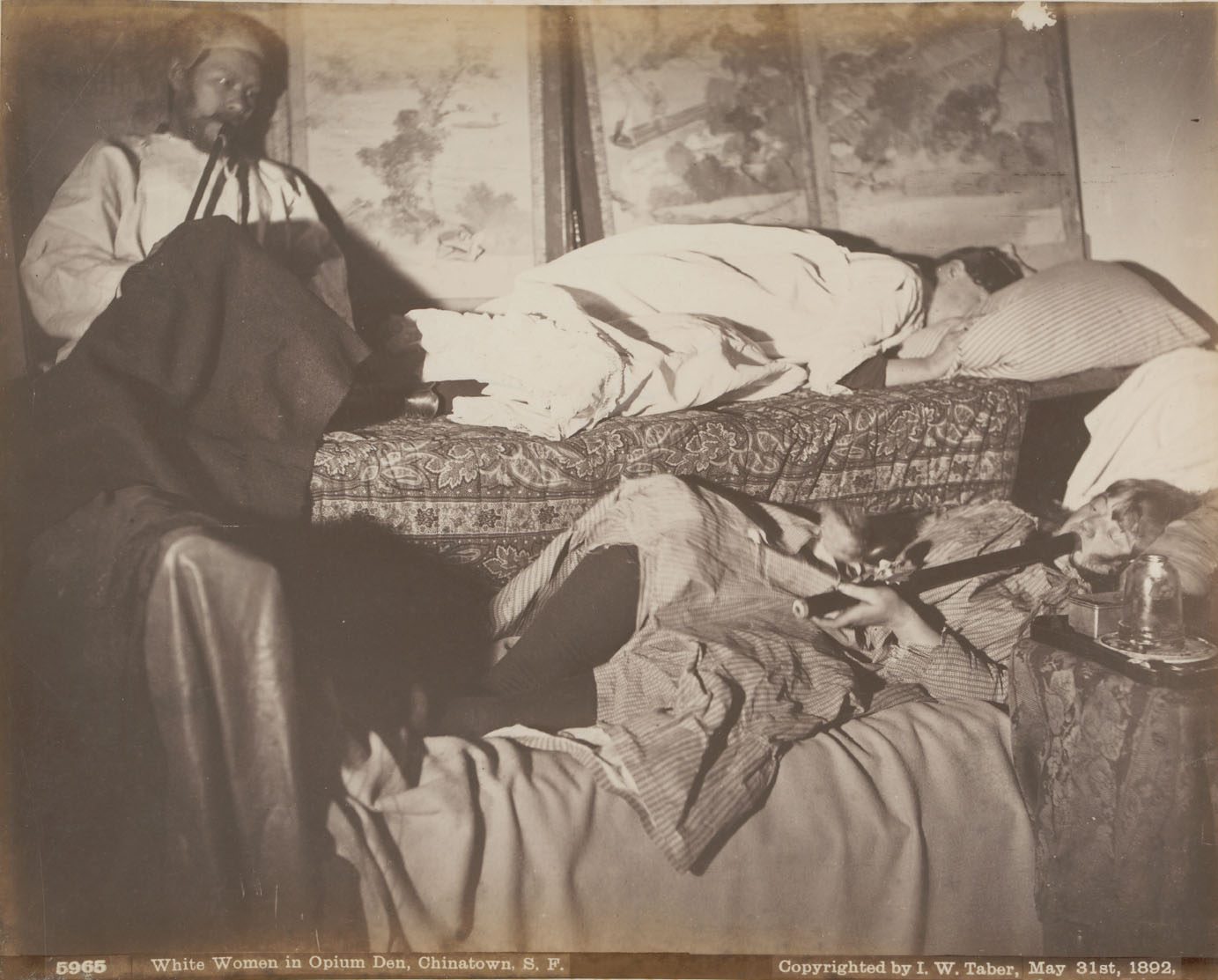
For years, it has been relatively easy to obtain prescriptions for expensive synthetic opiate drugs such as Fentanyl, Codeine, Vicodin, Norco, and Oxycontin. Many of these are extended-release drugs that an individual can take in a variety of forms. They are essentially a legal form of heroin.
One quick trip to the emergency room, urgent care center, or doctor’s office with back pain, headaches, toothaches, or other types of chronic pain could provide enough pills for months – more than long enough to become physically and psychologically dependent on them.
Doctors and psychiatrists who administer psychoactive substances or medications containing addictive substances are faced with a moral dilemma these days. By unlawfully providing large quantities of narcotics to the countless ‘pill mills’ throughout the USA, Big Pharma cause more fatalities than all the Central and South American drug cartels combined. Pharmaceutical firms, which take huge profits and inflict fatalities with impunity, are, in fact, America’s deadliest opioid drug cartels.
Counting the cost
While opioids have certainly provided relief from countless cases of agonizing pain, the end result has been abuse and addiction, which continue to rise. The CDC reported over 93,300 fatal drug overdoses in 2020, a 30 percent increase over the previous year. In every state, opioid usage was associated with the majority of fatalities. Between 2019 and 2020, there were 69,710 fatal opioid overdoses.
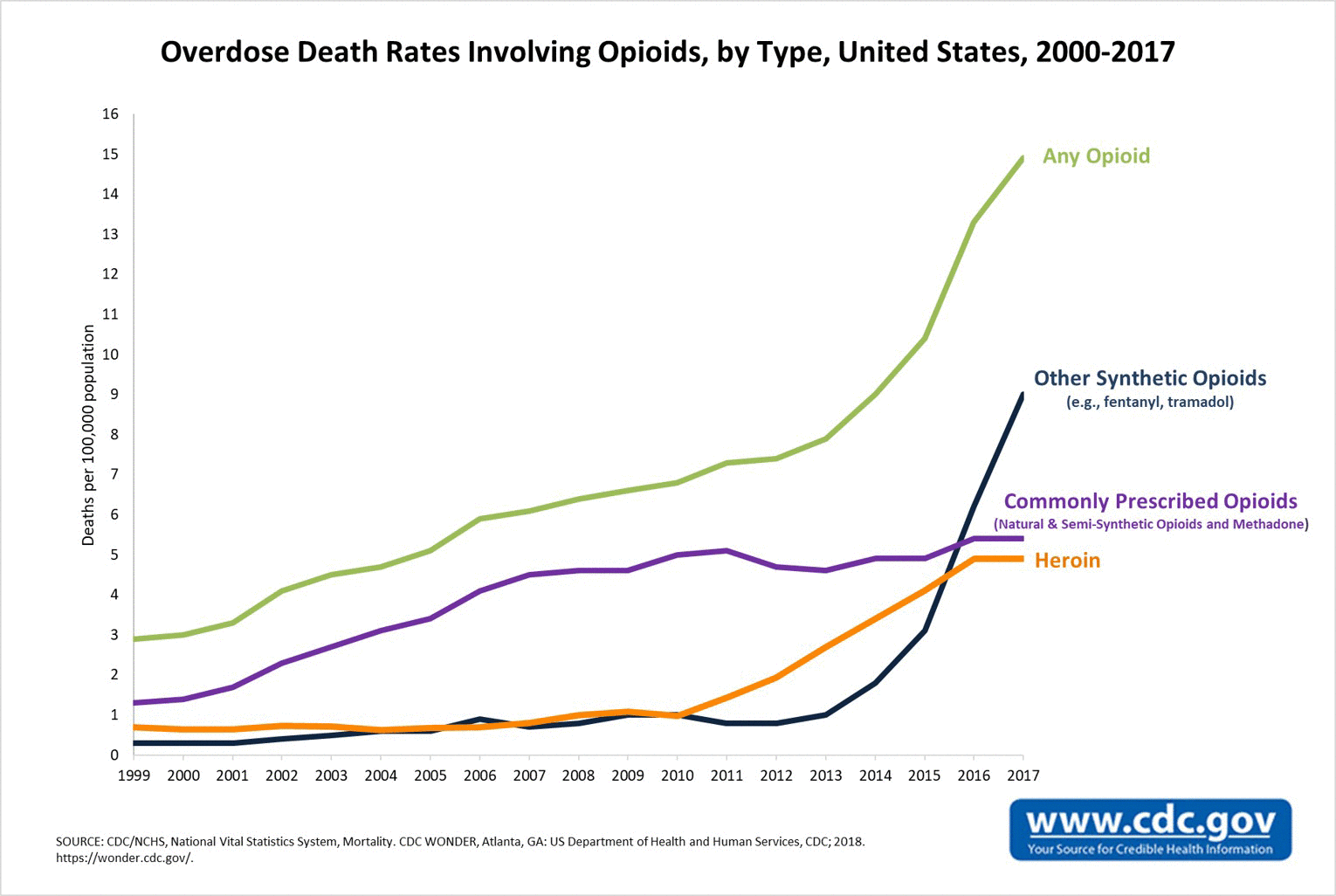
According to CDC data from November, over 100,000 drug overdose deaths occurred between May 2020 and April 2021. About 64 percent of these fatalities were caused by synthetic opioids. While fentanyl is the leading cause of death among opioid users, the latest drug to hit the streets is in the opioid analog drug class commonly referred to as “nitazenes,” created decades ago by the pharmaceutical industry to replace morphine.
“Since most nitazenes are largely unregulated, they are not subject to the same scrutiny by law enforcement officials as other controlled substances. This, along with the fact that they can be made inexpensively from legal substances, makes them very appealing for drug traffickers,” Rebecca Donald, assistant professor of anesthesiology and pain medicine at Vanderbilt University Medical Center in Tennessee, told Healthline.
Drug addiction is increasingly being considered a public health and safety concern, rather than a criminal one. As a result of their high potency and addictive qualities, opiates are particularly deadly drugs. Using novel compounds of parent chemicals, racketeers find loopholes in the law and create substances that are far more powerful and hazardous than the originals.
Finding solutions
With the idea that individuals are more suited to make educated decisions if they are well informed; in recent years, there has been a growing interest in the practice of harm reduction and prevention via the provision of information and education on the properties and effects of drugs; as well as the provision of inexpensive, holistic treatment for addicts.



